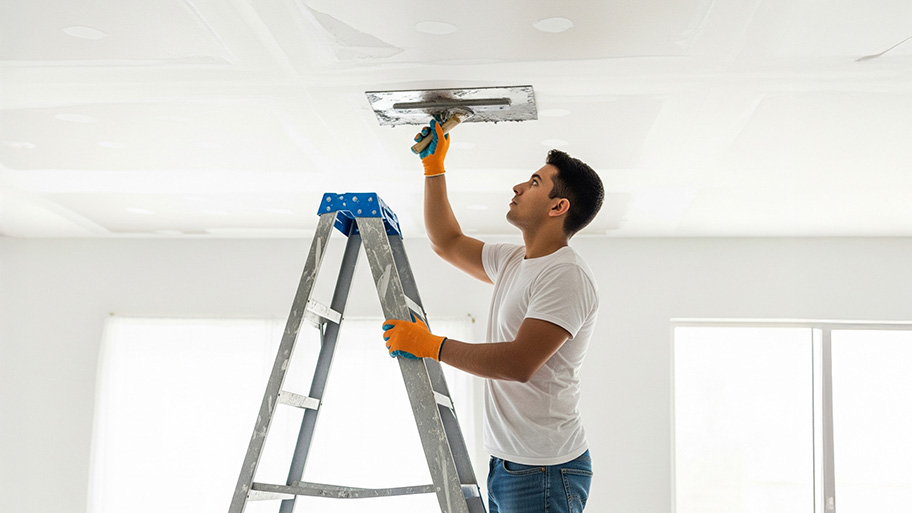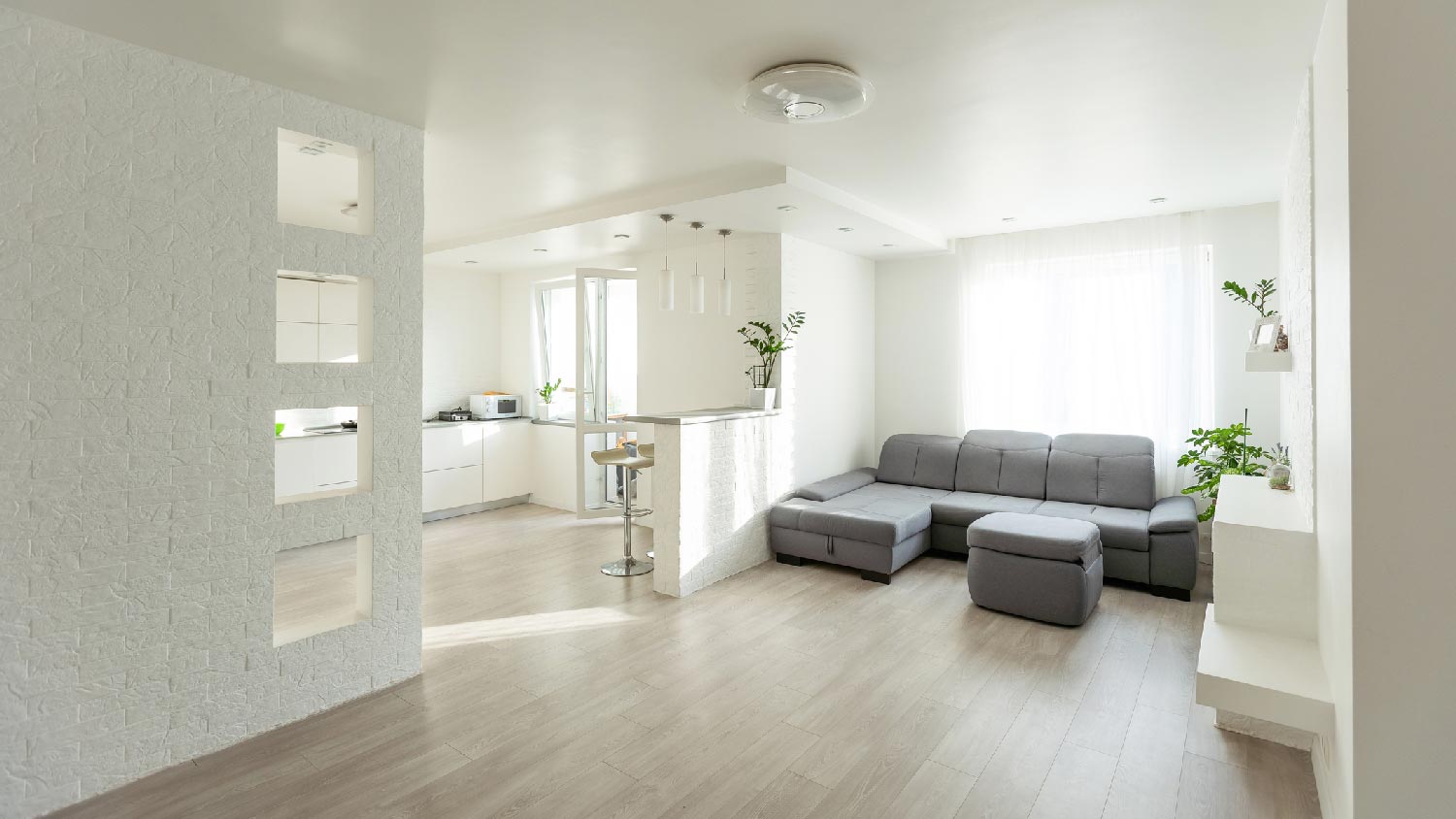
Get matched with top plaster repair specialists in Blue Hill, NE
Enter your zip and get matched with up to 5 pros
Need a pro for your plaster repair project in Blue Hill, NE?
Find Plaster repair specialists in Blue Hill
DT Homes
DT Homes
we have 4 employees and can handle anything from your honey-do to a new construction . The forms of payment we accept are cash and local checks .
we have 4 employees and can handle anything from your honey-do to a new construction . The forms of payment we accept are cash and local checks .
Farm and Ranch Renovation
Farm and Ranch Renovation
General Contracting/ Repurposing -- no job too large -- Licensed, Bonded, & Insured. Free Estimates.
General Contracting/ Repurposing -- no job too large -- Licensed, Bonded, & Insured. Free Estimates.
Crale Collison
Crale Collison
I have been doing construction and drywall for 19 years do all kinds and types small or large
I have been doing construction and drywall for 19 years do all kinds and types small or large
Carpenter
The Blue Hill, NE homeowners’ guide to plaster repairs
From average costs to expert advice, get all the answers you need to get your job done.

The eye-catching character of a coffered ceiling can really set your room design apart. This guide breaks down coffered ceiling costs to help you budget.

A ceiling repair averages about $1,000, but multiple factors affect this number. Learn more about creating an accurate ceiling repair cost estimate with our tips.

Venetian plaster can add depth and texture to your aesthetic. Learn how much Venetian plaster costs based on factors like square footage and whether you hire a pro to help.

How long does plaster take to dry? It depends. This guide shows you how long plaster needs to dry and cure and why the process is worth the wait.

Patching plaster walls involves steps that need to be followed closely. If you’re a handy DIYer, you can follow these steps to learn how to patch plaster walls yourself.

Find out what causes ceiling cracks, including general wear and tear, water damage, roof truss uplift, and issues with your foundation.
- Hastings, NE Plaster repair specialists
- Juniata, NE Plaster repair specialists
- Kenesaw, NE Plaster repair specialists
- Franklin, NE Plaster repair specialists
- Shelton, NE Plaster repair specialists
- Gibbon, NE Plaster repair specialists
- Kearney, NE Plaster repair specialists
- Holdrege, NE Plaster repair specialists